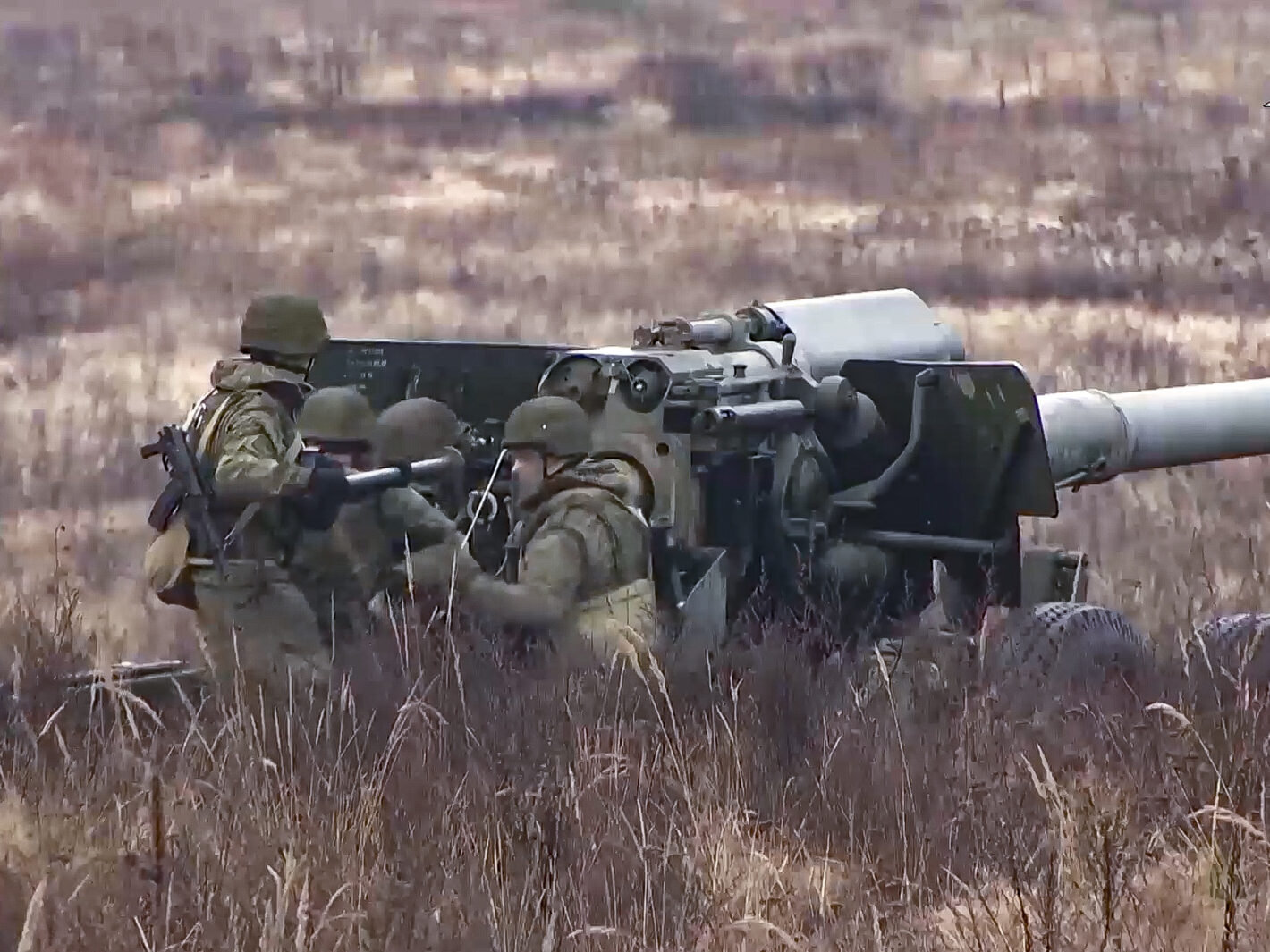Russia claims its forces are advancing in the Donetsk region of the Donbas, and that it has “liberated” a number of settlements.
Donbas is now the main focus of Russia’s offensive operations, with its forces having abandoned the northern front against Kyiv (Kiev) back to Belarus early in the war, been routed from the Kharkiv (Kharkov) region, and withdrawn from Kherson back to the east of the River Dnieper, or Dnipro to the Ukrainians.
With the Luhansk region still largely under Russian control after advances following their capture of Mariupol, what offensive operations the Russians are still maintaining have been concentrated against Bakhmut in the Donetsk region, with Britain’s Ministry of Defence (MoD) recently claiming that recently mobilised Russian reservists were being “killed in large numbers in frontal assaults into well-established Ukrainian defensive zones” near the town.
Now, however, the Russian defence ministry claims it is making progress, with state media reporting that “the settlements of Belogorovka and Pershe Travnya of the Donetsk People’s Republic were completely liberated during offensive actions [by] Russian troops” in the area, referring to it by its pro-Russian separatist name.
The Russians subsequently claimed to have captured — or liberated — the village of Andreevka as well, with Denis Pushilin, who continues to lead the Donetsk People’s Republic following its largely unrecognised annexation to Russia, saying that the recently taken settlements “are extremely important because, after sweeping up [the village of] Kurdyumovka, where the enemy is still resisting, [Russian forces] will reach the Artemovsk highway, severing the supply routes of the primary Ukrainian battlegroup.”
Ukraine, for its part, says that Russia is indeed “concentrate[ing] its main efforts on conducting offensive actions in the directions of Bakhmut and Avdiivka,” with state media reporting that country’s armed forces as claiming to have “repelled attacks by Russian invaders outside the settlements of Novoselivske, Stelmakhivka and Bilohorivka in the Luhansk region and Bilohorivka, Yakovlivka, Bakhmut, Kurdiumivka, Krasnohorivka, Kamianka, Vodiane, Pervomaiske and Marinka in the Donetsk region.”
They also claimed the Ukrainian air force had struck 21 enemy positions, and that Russian combat losses were close to the 90,000 mark after an over 500 new fatalities over 24 hours of fighting — although, as with Russia’s various claims, all such reports are difficult to verify.
Britain’s Ministry of Defence, for its part, concentrated on Russia’s strategic strikes against the Ukrainian electricity grid in its Monday intelligence update on the conflict.
“Russia envisioned [a Strategic Operation for the Destruction of Critically Important Targets, or SODCIT] as using long-range missiles to strike an enemy state’s critical national infrastructure, rather than its military forces, to demoralise the population and ultimately force the state’s leaders to capitulate,” the British suggested.
“Russia’s strikes continue to cause power shortages resulting in indiscriminate, widespread humanitarian suffering across Ukraine,” they continued — but added that the stikes’ “effectiveness as a strategy has likely been blunted because Russia has already expended a large proportion of its suitable missiles against tactical targets.”
Western and Ukrainian officials have long speculated on Russia running out of ordnance, particularly cruise missiles, but they have in recent weeks stepped up missile strikes to their grandest scale yet in the conflict, suggesting that they may be finding ways to mitigate any supply shortages, at least for the time being.
